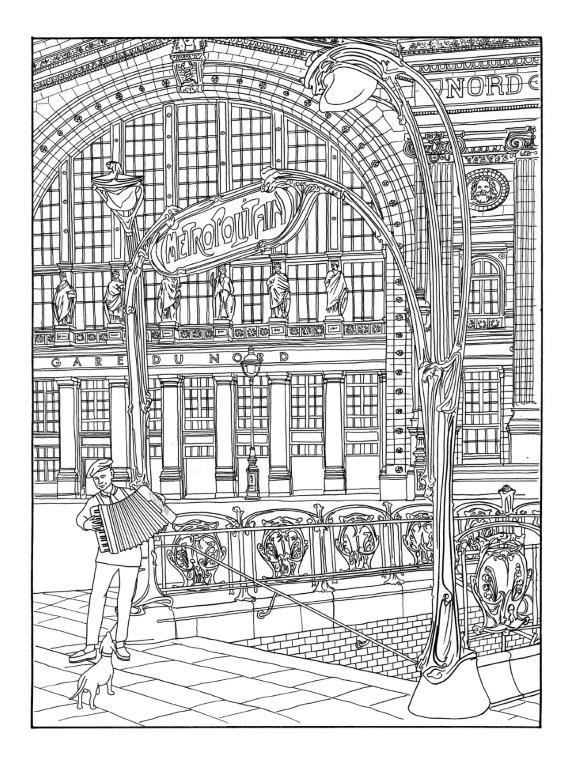
Gare du Nord - Paris Railway Station
The Gare du Nord, Paris's largest and busiest railway station, stands as a testament to the grandeur and vitality of the city's transportation network. Spanning over a century of history, this iconic station serves as a bustling hub connecting Paris to various destinations across France, Europe, and beyond.
Nestled in the heart of Paris's 10th arrondissement, the Gare du Nord stands as an architectural marvel, blending Victorian design with modern functionality. Its striking façade, adorned with intricate details and sculptures, evokes a sense of timeless elegance and grandeur. As one approaches the station, the vastness of its presence and the ceaseless movement of travelers paint a vivid picture of urban dynamism.
Inside, the station is a symphony of activity. The cavernous halls reverberate with the sounds of bustling crowds, announcements in multiple languages, and the rhythmic clatter of departing and arriving trains. The iconic arched ceiling, adorned with ornate decorations, creates an atmosphere that seamlessly merges historical charm with the modernity of a major transportation hub.
Beyond its architectural magnificence, the Gare du Nord is a crucial artery in Paris's transportation network. Serving as a nexus for local, regional, and international train routes, it connects the city to destinations across France, including major cities like Lille, Brussels, and London via the Eurostar. Its significance extends beyond France, serving as a gateway to Europe, facilitating travel for millions of passengers annually.
The station's allure isn't solely derived from its architectural splendor or its functional importance. It's a microcosm of Parisian life, a place where diverse cultures intersect. Amidst the constant flux of travelers, one encounters a tapestry of languages, cuisines, and stories. The station is a melting pot of experiences, where the transient nature of travel creates fleeting connections and shared moments among strangers.
Furthermore, the Gare du Nord is not just a transit point but a destination in itself. The surrounding neighborhood, with its vibrant streets, eclectic markets, and diverse eateries, adds to the station's charm. Visitors and locals alike flock to its vicinity, drawn by the energy and diversity that permeates the area.
However, the station is not without its challenges. The sheer volume of passengers passing through daily presents logistical hurdles. Efforts to modernize and expand the station continue, aiming to enhance passenger experience while preserving its historical significance.
In conclusion, the Gare du Nord isn't merely a railway station; it's a pulsating symbol of Paris's cosmopolitan spirit. Its architectural grandeur, cultural significance, and pivotal role in transportation converge to create an experience that transcends mere travel. It embodies the essence of Paris—a city that seamlessly blends tradition with modernity, welcoming the world with open arms.